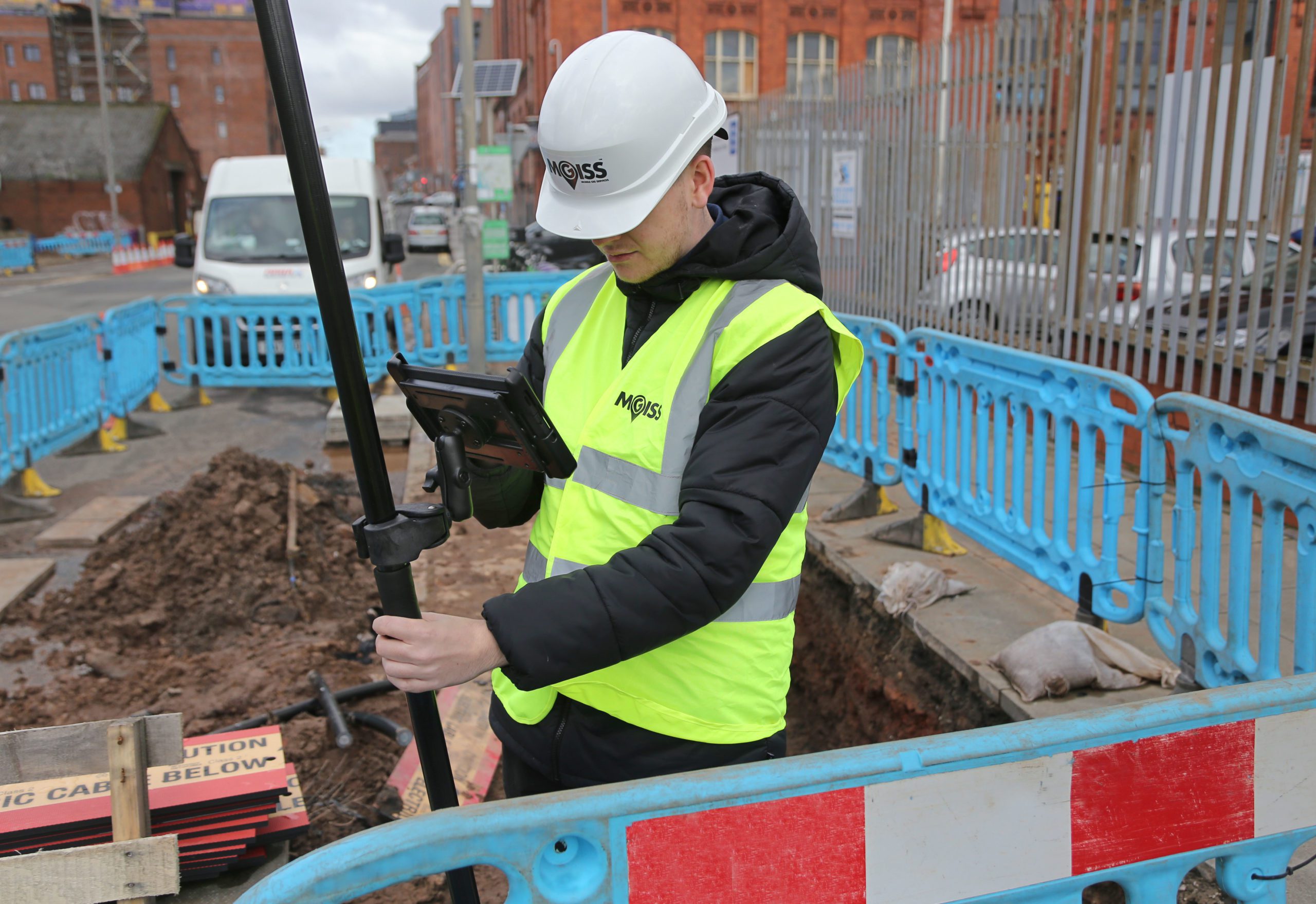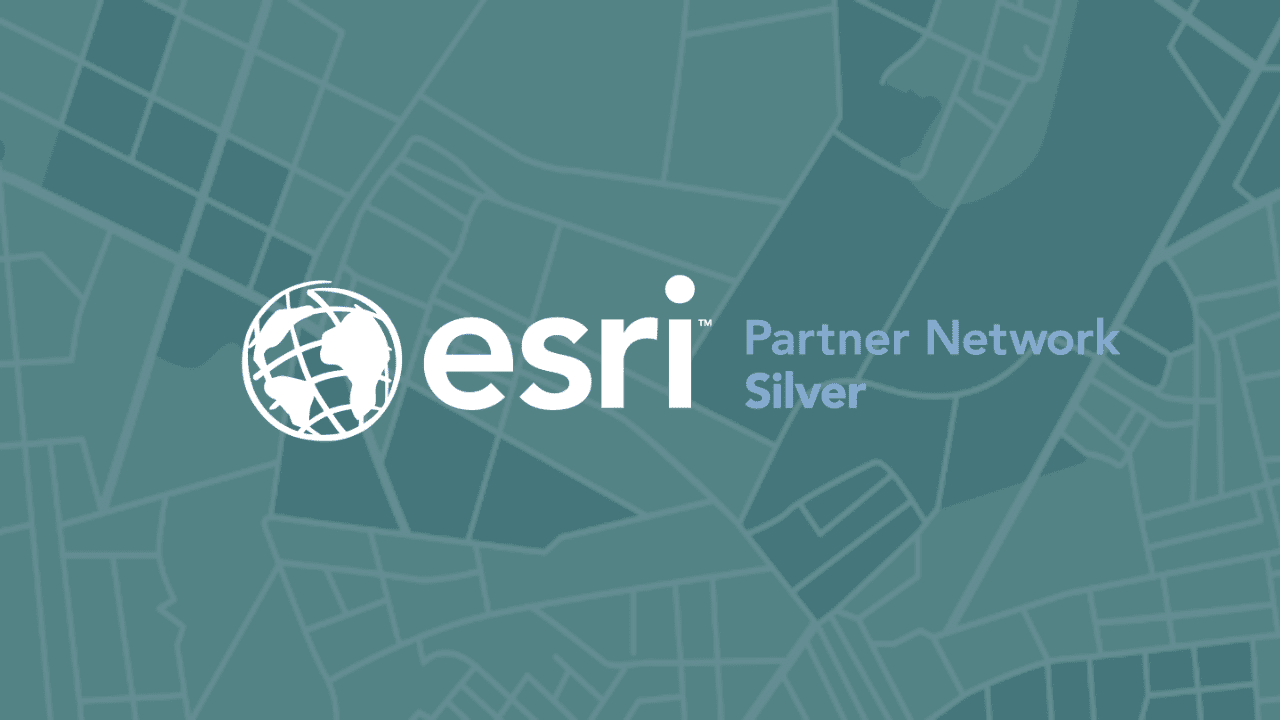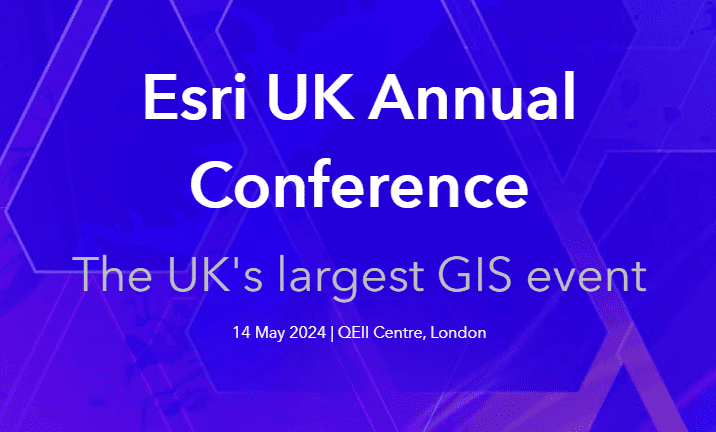Going Underground – NUAR

A National Underground Asset Register (NUAR); it sounds so simple. All we have to do is keep an accurate record of what is buried under our streets and there will be no more accidents and outages caused by over-enthusiastic diggers.
The problem
There are many reasons why we keep digging through cables, even when we do keep records. The problem can be attributed a combination of issues.
Firstly, the permanent records kept are based on the original design drawings. However, the contractors don’t always follow these drawings, sometimes because they need to work around an unforeseen problem, but other times just to cut corners.
It goes without saying that contractors should be contracted to report back whenever they deviate from the design. But these reports have the potential to be wrong or never make it back to the employing organisation. Even if the contractor fulfills their obligations, then the employer may not always be in a position to incorporate this feedback into an as-built model. Very often, organisations settle on a compromise and keep paper drawings with hand-drawn red-line amendments.
There are of course many organisations that systematically update their records to reflect their as-built infrastructure. But once captured there is little incentive for these organisation to share their information. Even if the will to share exists, there is still the problem of overcoming technical and conceptual interoperability.
With so many opportunities for the underground information to deviate from the truth, you will be easily forgiven if you choose not to trust it.
Why we need a National Underground Asset Register
Utility strikes cost the UK economy £2.4 billion per year, and more fundamentally, each strike has the potential to be fatal. Furthermore, there are many benefits that come with having a central pool of all subterranean information, including coordinating roadworks, de-risking preparation work required for future developments, and analysing the resilience of critical and vulnerable assets.
However, it may come as a surprise that the challenge of collating an information repository is hampered by having too many benefits! Previous attempts have ground to a halt due to too many stakeholders demanding too many deliverables.
Rolling out the National Underground Asset Register
Formed in 2018, the Geospatial Commission is an expert committee that answers to the Cabinet Office tasked with unlocking the economic, social, and environmental opportunities contained in location data. The Commission is leading the way with creating a National Underground Asset Register (NUAR) that aims to capture the location of where all electricity, telecoms, gas, and water utilities are buried in England, Wales, and Northern Ireland. A similar scheme is already in operation in Scotland for under-road assets.
A 12-month pilot was conducted in 2019-2020 with Ordnance Survey in the North East and the Greater London Authority in the capital. This September, the Geospatial Commission launched the next phase of the Register, which aims to build a production-ready minimal viable product in the North East of England, London, and Wales. Once this is ready, the scheme will be extended to the rest of England and Northern Ireland.
The Geospatial Commission is determined to overcome the past mistakes as they deliver the National Underground Asset Register. The Register’s primary aim will be to prevent utility strikes and thus avoid injuries and damage to the economy. If it is to succeed, the Register must be protected from all the perils of mission creep.
Do you own an underground asset?
With the construction of the Register now underway, MGISS is very excited to be part of this initiative in conjunction with our clients. We are experts at creating NUAR-compatible geospatial information products that seamlessly feed information into the Register.
The National Underground Asset Register is coming to a street near you! If you own an underground asset, MGISS is ready to guide you in preparing your data so that you can contribute to this much-needed subterranean map. To find out more you can contact us at any time and we will be more than pleased to discuss your requirements.
About
Starting as a university cadet in the Royal Navy, Gareth pursued his passion for engineering, navigation and sailing working as a marine engineer and marine solicitor after graduation. Before joining MGISS, Gareth returned to university to study for an MSc in Geospatial Information Science, which led to researching Building Information Modelling and Geographic Information Systems (BIM/GIS) interoperability as part of a PhD.



